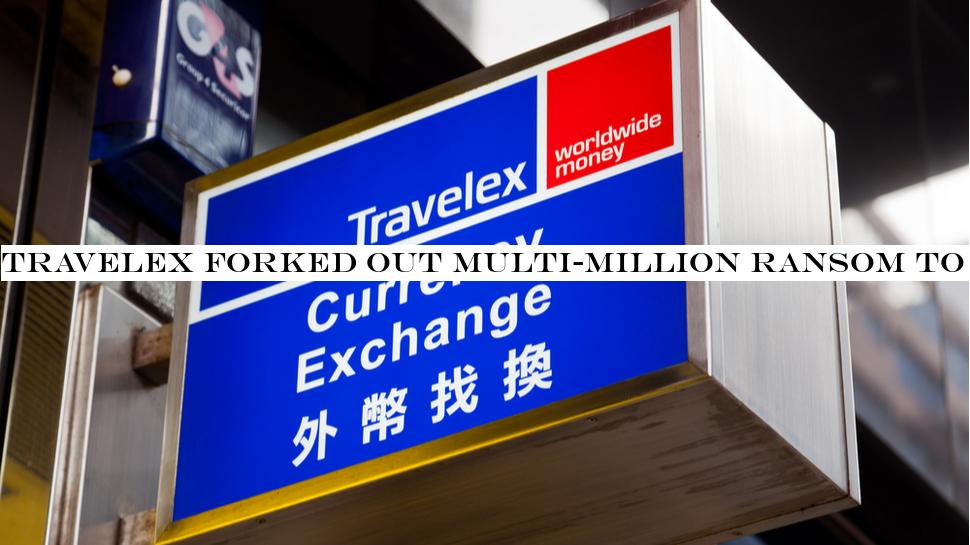As the U.S. and much of the world hunkers down to slow the spread of the novel coronavirus, some virus-related conspiracy theories are having a heyday. Specifically, a conspiratorial false claim that 5G technology is linked to COVID-19 gained ground, accelerating from obscurity into the rattled mainstream by way of conspiracy theorists who&d been chattering about 5G conspiracies for years.
While there is scientific consensus around the basic medical realities of COVID-19, researchers are still filling in the gaps on a virus that no one knew existed five months ago. That relative dearth of information opens the way for ideas usually relegated to the internetfringes to slip into the broader conversation about the pandemic — a dangerous feature of an unprecedented global health crisis.
According to Yonder, an AI company that monitors online conversations including disinformation, conspiracies that would normally remain in fringe groups are traveling to the mainstream faster during the epidemic.
A report on coronavirus misinformation from the company notes &the mainstream is unusually accepting of conspiratorial thinking, rumors, alarm, or panic& during uncertain times — a phenomenon that explains the movement of misinformation that we&re seeing now.
While the company estimates that it would normally take six to eight months for a &fringe narrative& to make its way from the edges of the internet into the mainstream, that interval looks like three to 14 days in the midst of COVID-19.
&In the current infodemic, we&ve seen conspiracy theories and other forms of misinformation spread across the internet at an unprecedented velocity,& Yonder Chief Innovation Officer Ryan Fox told TechCrunch. He believes that the trend represents the outsized influence of &small groups of hyper passionate individuals& in driving misinformation, like the 5G claims.
While 5G claims about the coronavirus are new, 5G conspiracies are not. &5G misinformation from online factions like QAnon or Anti-Vaxxers has existed for months, but is accelerating into the mainstream much more rapidly due to its association with COVID-19,& Fox said.
The pandemic is already reshaping techmisinformation crisis
The seed of the false 5G coronavirus claim may have been planted in a late January print interview with a Belgian doctor who suggested that 5G technology poses health dangers and might be linked to the virus, according to reporting from Wired. Not long after the interview, Dutch-speaking anti-5G conspiracy theorists picked up on the theory and it spread through Facebook pages and YouTube channels already trafficking in other 5G conspiracies. Somewhere along the way, people started burning down mobile phone towers in the U.K., acts that government officials believe have a link to the viral misinformation, even though they apparently took down the wrong towers. &Owing to the slow rollout of 5G in the UK, many of the masts that have been vandalised did not contain the technology and the attacks merely damaged 3G and 4G equipment,& The Guardian reported.
This week, the conspiracy went mainstream, getting traction among a pocket of credulous celebrities, including actors John Cusack and Woody Harrelson, who amplified the false 5G claims to their large followings on Twitter and Instagram, respectively.
A quick Twitter search reveals plenty of variations on the conspiracy still circulating. &… Can&t everyone see that 5G was first tested in Wuhan. Itnot a coincidence!,& one Twitter user claims. &5G was first installed in Wuhan and now other major cities. Coincidence?,& another asks.
In the past, 5G misinformation has had plenty of help. As The New York Times reported last year, Russian state-linked media outlet RT America began airing segments raising alarms about 5G and health back in 2018. By last May, RT America had aired seven different programs focused on unsubstantiated claims around 5G, including a report that 5G towers could cause nosebleeds, learning disabilities and even cancer in children. Itpossible that the current popular 5G hoax could be connected to disinformation campaigns as well, though we likely won&t learn the specifics for some time.
In previous research on 5G-related conspiracies, social analytics company Graphika found that the majority of the online conversation around 5G focused on its health effects. Accounts sharing those kinds of conspiracies overlapped with accounts pushing anti-vaccine, flat Earth and chemtrail misinformation.
While the 5G coronavirus conspiracy theory has taken off, itfar from the only pandemic-related misinformation making the rounds online lately. From the earliest moments of the crisis, fake cures and preventative treatments offered scammers an opportunity to cash in. And even after social media companies announced aggressive policies cracking down on potentially deadly health misinformation, scams and conspiracies can still surface in AI blindspots. On YouTube, some scammers are avoiding target words like &coronavirus& that alert automated systems in order to sell products like a powdered supplement that its seller falsely claims can ward off the virus. With their human moderators sent home, YouTube and other social platforms are relying on AI now more than ever.
Social networks likely enabled the early spread of much of the COVID-19 misinformation floating around the internet, but they don&t account for all of it. Twitter, Facebook and YouTube all banned Infowars founder and prominent conspiracy theorist Alex Jones from their platforms back in 2018, but on his own site, Jones is peddling false claims that products he sells can be used to prevent or treat COVID-19.
The claims are so dangerous that the FDA even stepped in this week, issuing a warning letter to Jones telling him to cease the sale of those products. One Infowars video cited by the FDA instructs viewers concerned about the coronavirus &to go to the Infowars store, pick up a little bit of silver that really acts its way to boost your immune system and fight off infection.&
As it becomes clear that the disruptions to everyday life necessitated by the novel coronavirus are likely to be with us for some time, coronavirus conspiracies and scams are likely to stick around too. A vaccine will eventually inoculate human populations against the devastating virus, but if history is any indication, even that is likely to be the fodder for online conspiracists.

 &We developed an artificial coral tissue and skeleton with a combination of polymer gels and hydrogels doped with cellulose nanomaterials to mimic the optical properties of living corals,& explained Cambridge chemist Daniel Wangpraseurt, lead author of the paper in which the technique is described. Algae were infused into the mixture as well, so the researchers were essentially printing living matter.
&We developed an artificial coral tissue and skeleton with a combination of polymer gels and hydrogels doped with cellulose nanomaterials to mimic the optical properties of living corals,& explained Cambridge chemist Daniel Wangpraseurt, lead author of the paper in which the technique is described. Algae were infused into the mixture as well, so the researchers were essentially printing living matter.


